Hi Everyone,
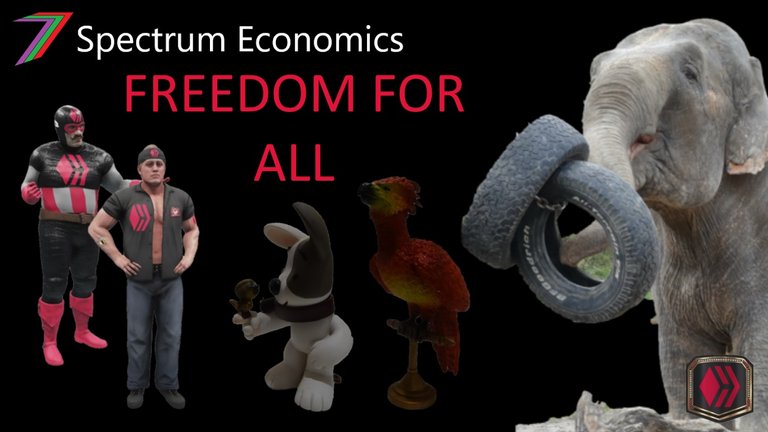
The concept of freedom should not be solely applied to the human experience. It should extend to other species of animals. In my posts Freedom for Us, Them, and Everyone (Part 1) and Freedom for Us, Them, and Everyone (Part 2), I discussed the importance of freedom and the detriment caused from impinging on other people’s freedom. I believe similar arguments can be applied to other species and the ecosystem as a whole.
Typically, humans have treated other animal species as property. They assign value to them based on the value they can extract from them. They hold animals in captivity for reasons such as food, entertainment, testing and research, organic raw materials, pets, and breeding for pets. Any value these animals have in themselves, offer to their species, or their ecosystem is ignored. Their freedom is not considered to hold any value.
In this post, I focus on freedom for animals and the costs (both physical and emotional) to animals of being held in captivity. I discuss how we need to learn and understand more about animals and how that can help us empathise with them. I discuss how we need to move away from keeping animals in captivity and how this needs to be a gradual process.
Humans are Animals
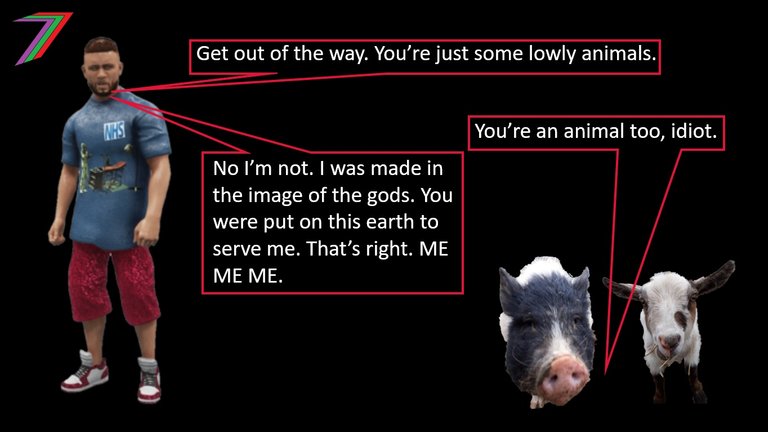
Humans are animals. This is a fact and is proven by DNA. Human DNA is very similar to many animals. Human DNA is approximately 99% the same as chimpanzees, approximately 98.5% the same as bonobos, 98% the same as gorillas, 97% the same as orangutans, and 90% the same as domestic cats (The Dodo); there are some lower estimates for these numbers but they are all very high. The very small differences in DNA can greatly affect physical appearance and traits. These differences create the illusion that humans may not be connected to other species of animals.
Many religions portray humans as being created in the image of god/s. Therefore, humans are not considered as animals and are assumed superior. Outside of religious belief, many people understand the genetic connection between humans and animals but still consider other species to be inferior because humans possess unique traits mostly linked to their intelligence. Unfortunately, the many similarities between humans and other animals are overlooked.
Suppressing the freedom of other people
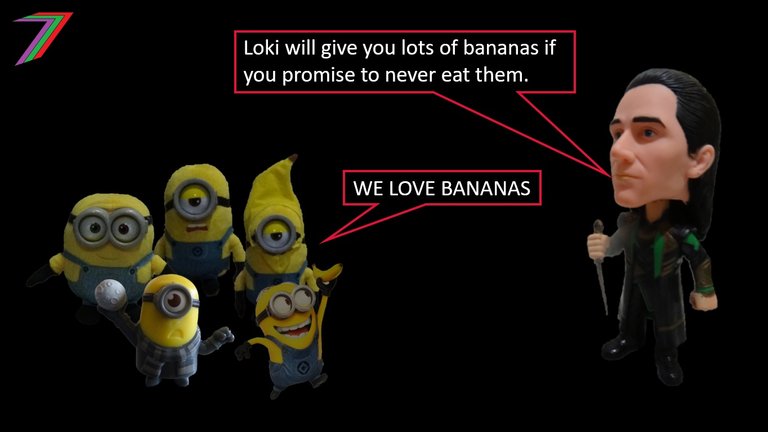
Before discussing how humans suppress the freedom of other animals and worse. We should reflect on how humans suppress the freedom of other humans. This suppression is often fuelled by the perceived nature of differences between various groups of people.
We are all different. The number of differences and the extent of these differences could vary considerably amongst different people. There are many possible reasons for why we might be different. We could argue that these differences occur because of genetics and influences (i.e. nature and nurture). People within the same family are expected to have fewer differences because of their biological relationship and shared influences from family members. People in the same community and of the same age groups are expected to have fewer differences because they encounter very similar influences. People from different races, cultures, and religions are expected to have more differences. However, it is also possible that two people born on opposite sides of the world could have more in common with each other than their own parents. The extent of our similarities and differences are rarely obvious. It is always better to learn more about each other from each other than draw generalised conclusions.
Figure 1 displays how we may prioritise our relationships based on perceived differences and similarities. For example, family and friends might be highest ranked followed by our immediate community followed by our national interests followed by the human species as a whole (includes other races, nationalities etc.) Followed by other species of animals we that perceive to be most similar to ourselves. We arguably have a hierarchy of loyalty and priority; this might be done consciously or subconsciously.
Figure 1: Priorities based on perceived similarities and differences
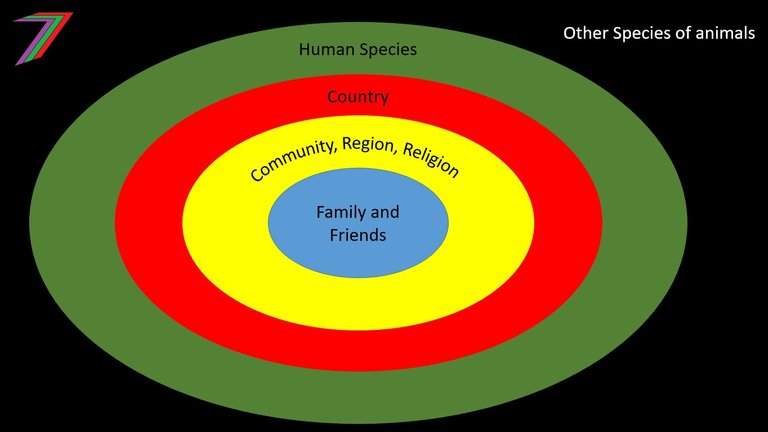
Despite our differences, perceived or real, freedom is a reoccurring theme that has spread across generations and around the world. We appear innately drawn to it. Unfortunately, many of us have a narrow view of freedom. We demand it for yourselves, our families, our communities, and our country but often neglect to even consider it for others outside our areas of interest or concern.
People in positions of power and authority (e.g. Governments and Big Business) suppress people’s freedoms for their personal gain. They are able to do so by using several different strategies. They can convince people that others who are or appear different from them are a threat and need to be supressed. They could be assumed a threat because of differences in culture, religion, race, sex, and social and economic status.
As more people become aware that differences do not make others dangerous, the tactics of the suppressors changed. Many of the suppressors do not even acknowledge their actions. They often blame another group of people or country for these actions or the consequences of these actions. When they do acknowledge their actions, they claim are not suppressive but are intended to achieve some greater good (e.g. security, safety, and environmental protection).
Suppressing the freedom of animals and much more
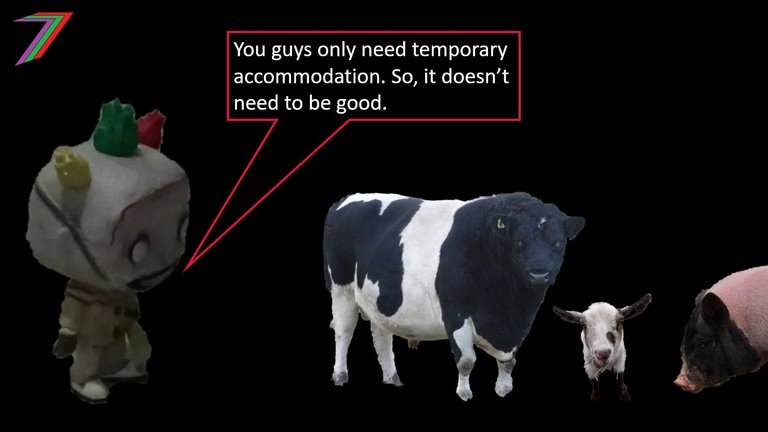
Despite, increased global wealth, greater access to educations and information, the suppression of people around the world is still rampant. If this occurs amongst our own species, it is not surprising that it extends to other species who are considered by most inferior to humans.
For other species, the extent of suppression is considerably worse. People oppress, abuse, kill, and torture other species for their own their benefit and enjoyment. The apparent differences between humans and other species makes this easier. Other species inability to display intelligence and express emotions in manners similar to humans may make them less relatable. For example, animals are unable to articulate themselves using complex language. People’s inability to relate to other species hinders their ability to comprehend the many similarities between them and the many other species they encounter. Similarities between humans and other animals, mammals in particular, includes but not limited to the following:
- negatively affected by physical pain
- basic needs (e.g. food, water, shelter, space, social and nurture)
- social structures (e.g. packs, bands and herds) and complex social relationships
- display intellectual capacity and problem solving ability
- emotions and feelings (e.g. they can display compassion, grieve loss of life, fear danger, and nurture their young)
People often find themselves removed from most species of animals. Most people do not have direct contact with the animals who are killed to become their meat and clothing, abused so as to obtain their secretions (e.g. milk and eggs), or experimented on to test medicines or cosmetics. This disconnection hinders people’s ability to sympathise with their suffering.
People build close connections and relationships with their pets; most typically dogs and cats. These animals become loved and part of the family. Spending time with them builds strong bonds and even empathy. People are willing to spend money on adapting their homes for their pet/s. They are willing to buy items to improve their pets comfort and happiness (e.g. toys and soft pillows). If a pet is harmed or becomes ill, many people are willing to pay for them to receive medical attention even if the treatment is expensive (e.g. surgery or use of medical equipment). The loss of a pet causes people to grieve in a similar manner to losing a relative. These are bonds people form with just a small group of animals considered suitable as pets. However, there is often a disconnection to where their pets came from and how they were bred (e.g. puppy and kitten farms).
Animals and freedom
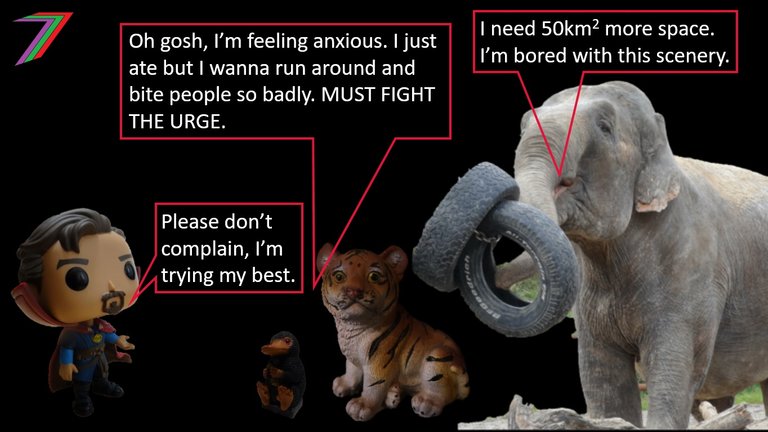
I strongly believe animals have a natural desire to be free. Most and possibly all animals have a higher quality of life in the wild than they do in captivity. Animals kept in captivity to serve human needs and wants (e.g. farmed or used as labour) have undeniably a worse quality of life for a multitude of reasons (e.g. forced to live in unnatural environments, overfed, physically abused, and killed).
According to Morgan Tidiere et al, most animals kept in zoos may have a longer life expectancy in captivity than in the wild (over 84%). This is because they have access to medical treatment, adequate food sources, protection from predators and poachers. These advantages benefit small mammals the most. In the wild, small mammals have naturally adapted to shorter life spans through greater propagation, shorter gestation periods, and younger age for sexual maturity. In order to maintain populations, zoos need to suppress these natural responses.
Larger mammals such as dolphins, whales, and elephants have considerably shorter lives in captivity. This is because captivity cannot provide the vast amount of space and freedom that the wild can offer these animals (One Green Planet). Many of the predators such as the big cats tend to live longer in captivity than the wild but at the same time they are traumatised by lack of space and opportunities to hunt their own prey. They develop a condition known as zoochosis; this often causes them to become very aggressive and dangerous (One Green Planet).
Moving away from the idea of ownership of another species
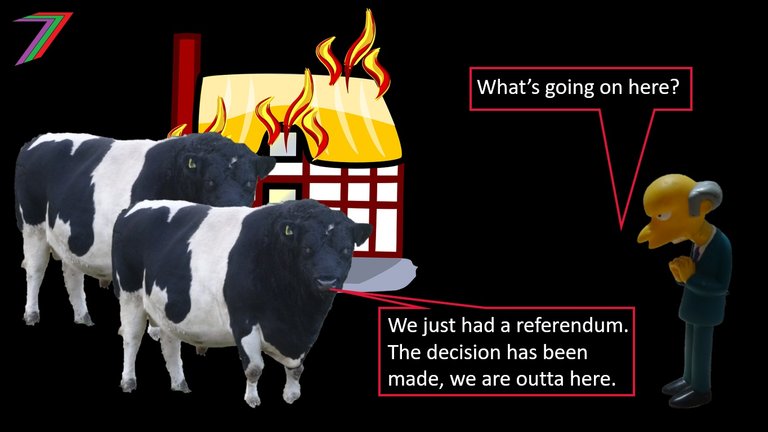
Animals in captivity are owned by humans. Therefore, these animals are property. Approximately 60% of mammals are livestock, 36% are humans and only 4% are wild. Approximately 30% of birds are wild and 70% are kept in captivity (Live Kindly). This ownership is often in the hands of the few (e.g. farms). Theses owners have limited meaningful social interactions with their animals as they are stock and only serve as means of making profit. Therefore, the animal’s welfare is only equivalent to what they are required to do by law to remain operational.
The blame for this extent of captivity only partially falls on those who claim ownership of these animals. Animals are held in captivity because we buy goods that contain animal products or engage in services that use animals. Supply is simply responding to demand. Our demand exists because we are disconnected or ignorant of the cost (i.e. physical and emotional suffering) that animals pay for us to have these goods and services. This can change if we shift our spending towards goods and services that do not require animals to be held in captivity.
Change takes time
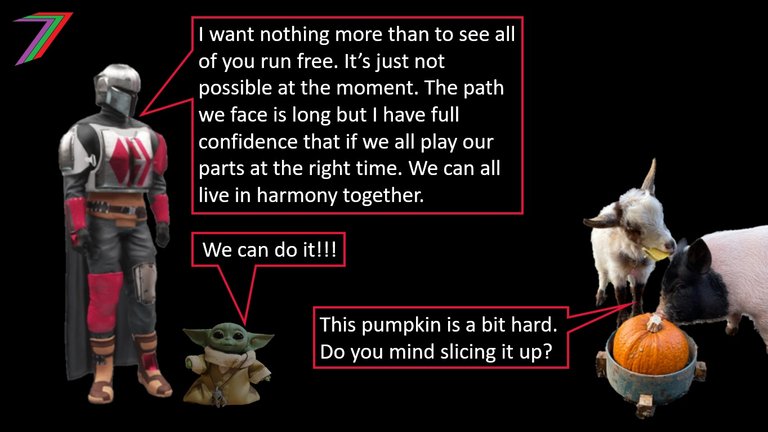
We will never fully understand another species of animal; we are not them and cannot experience the world the same way they do. However, we can still learn more about them. Studying their biology can tells us more about how they function. We can learn about them by observing their behaviour and interacting with them. Most of are unable to meet and interact with a variety of animals in the wild as we are so far removed from them. However, we can observe animals first hand by visiting animal sanctuaries. Different sanctuaries have different animals and for different reasons. They could be rescued farm animals, animals that have been experimented on, or animals that have retired from shows and circuses (USA Today). Through contact and interaction we can begin to understand that many of the animals who are abused and killed for our benefit do not significantly differ from our beloved pets.
Reducing the vast number of animals held in captivity is going to take a long time. Most of these animals cannot exist in the wild. The numbers are too great, they could not be catered for by nature. They have also been genetically altered by breeding, which has enhanced particular traits that are favourable to their human breeders (e.g. pigs are breed to be excessively fat). Many of these traits will prevent them from surviving in the wild. Nature has been greatly altered (e.g. industrialised and urbanized). Reaching environments that could be considered as natural for these animals would be difficult. Building environments that are suitable and sufficiently vast would be too costly and most likely impossible because of the land requirements.
An immediate end to animal captivity through release would result in most of these animals dying within a short time. In most cases their deaths would be painful, possibly more painful than the slaughter they would have faced in captivity. Some will starve, some will be hit be vehicles, some will die of dehydration, some will die of stress related illnesses, some will be poisoned and death will occur in many other different ways. Within months, the landscapes would be scattered with carcases. This will pollute the environments (e.g. land, water, and air). Diseases would spread through decomposition and contamination; this would affect humans and other species existing in these environments. During the short time the majority of these animals are still alive, they would cause serious destruction to both the natural and human environments. Many natural environments would be destroyed as they are eaten or trampled over. This would put many more species of animals at threat. Human infrastructure would not be spared. The only feasible rapid approach to greatly reducing animal captivity would be mass culling of animals.
Any forced response to reducing the number of animals in captivity (e.g. restrictions on reproduction of animals in captivity) will have limited success. As long as people have demand for animal products supply will respond. Black markets for animal products will form. Animals will be treated even worse in illegal operations as they will need to be kept hidden and an even greater focus will be placed on reducing costs. Crime and disorder is also likely to follow. The situation could become similar to when alcohol was prohibited in the USA. Eventually, restrictions would be forced to be lifted. The situation would revert to prior any forced reductions in animal captivity. Many people would be more reluctant to reduce animal captivity based on their struggle to remove restrictions to their access to animal products. Reductions in animal captivity need to align with people’s sentiments regarding animal products and captivity.
The number of animals in captivity needs to be reduced gradually and in alignment with people’s sentiments. This will occur naturally as people gradually understand how captivity harms animals. This occurs when people learn more about the nature of their captivity and more about the animals themselves. Learning and understanding about animal captivity can come as a shock and will be a sharp awakening to many. This is likely to lead to people demanding that animal captivity is brought to an immediate end. They would support legislation that would ban the cruellest forms of captivity such as those related to farming. As discussed in the previous two paragraphs, this would be disastrous for the animals. It would also be disastrous to the economy and human society. Economic activity relating to animal captivity is a huge part of the economy (e.g. over 70 Billion animals a year are slaughtered for meat (Our World in Data)). The entire food sector of the economy cannot be changed in an instant. Most jobs relating to food production would change or be lost. We would have massive unemployment. Mass business failures. Mass shortages of food as we would have insufficient food alternatives. The changes necessary to have a functioning economy without meat and dairy are vast and would take a very long time to achieve.
Change can occur gradually through the adoption of some animals. The pet industry can be cruel. Breeding can take place in poor conditions. Pets are often given away as gifts and become abandoned when they are older. However, pets are helping us gain a better understanding and increase our empathy for other species of animals. We can obtain a pet by adopting one from a shelter rather than buying from a shop. Therefore, we are also improving the quality of life for this animal. For people who have access to more land, they can adopt larger farm animals such as pigs, goats, donkeys, and cows. The environment is unlikely to be perfect but it will offer a vast improvement to the quality of life for that animal. At the same time, we increase our own understanding and build an emotional bond with these animals. We can also influence people we know by enabling them to participate in this experience.
Conclusion
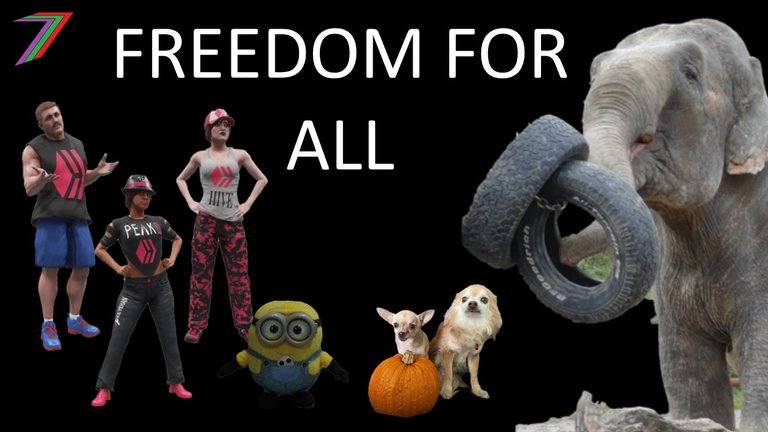
The desire and need for freedom is universal to humans and all other animals. In the absence of human existence, animal captivity does not exist. Animals are free to live in nature as they please. Freedom is the natural state for all living creatures. This natural state has been severely damaged and its reversal will take a very long time. For many species of animals, because of the way they have been bred, they can never be completely free. They will only be able to survive in a human-made and controlled environment.
The good news is that some of this damage can be reversed and this process is likely to be natural and gradual. People can and I expect will contribute to this process by understanding animals and their needs and by empathising with them in regards to the suffering brought about by captivity. Those who are helping to bring about change will spread the information to more people. Over time, the number of animals held in captivity can and I believe will fall substantially.
More posts

If you want to read any of my other posts, you can click on the links below. These links will lead you to posts containing my collection of works. These 'Collection of Works' posts have been updated to contain links to the Hive versions of my posts.
Hive: Future of Social Media
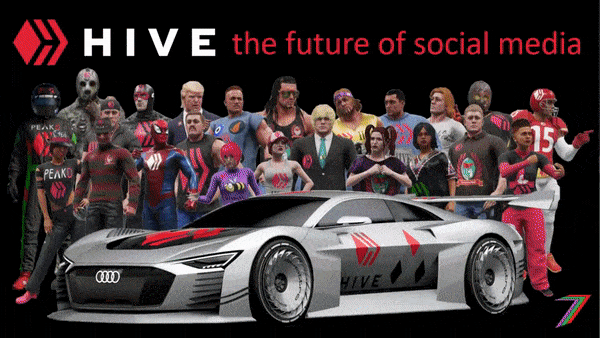
Spectrumecons on the Hive blockchain





As recently as this very day, I've had similar thoughts and concerns regarding captive non-human animals; particularly those caught, bred and sold for mere profit. So, you might imagine how surprised I was to log into Hive and find this article staring out at me from my friend feed...
Sincronicity for sure.
The thought process can be very strange. Sometimes there is a logical pattern to how we get from one idea to the next. Other times, it is like we can pull things out of the universe without evening knowing how. It is like there is an invisible connection and passage of information that we can sometimes tap into.
Agree... Among the mysteries of existence😎
Reducing the number of animals in captivity would also have an effect on us humans. Most of us feed from what we get from them. If we don't have them in captivity, these resources would not be available to us. How do we survive?
Yeah, I know you have talked about we doing all these for our own personal gain and for the fact that we believe we are superior to them. But that's the question, how do we survive?
Everything takes time. We need to find substitutes and increase their level of availability. As it is, many animal products can be replaced but it isn't done on a scale for the whole world. That can change.
We're just animals... :)
Spot on and well said!
We really need to stop pretending we own the planet already. It would be better off without us at this point, quite frankly.
If you haven't read "Ishmail" I suspect it may resonate with you 🦊
I imagine the planet would be better off without us which is kind of sad. I'll take a look at "Ishmail", thanks.
I think things are shifting... there's always hope. 👍❤️
@tipu curate
Upvoted 👌 (Mana: 10/20) Liquid rewards.